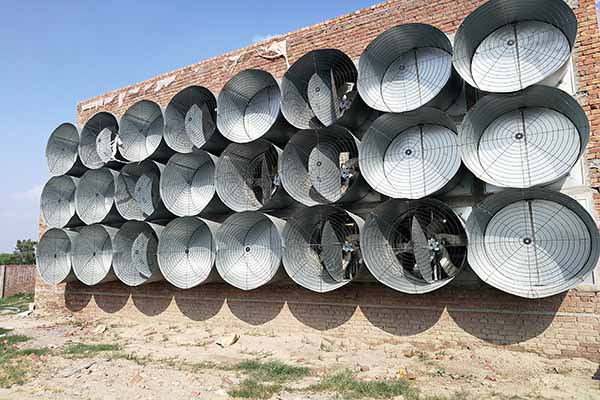Battery Cage Design for 150,000 Chickens in Uganda: Optimal Layouts for Efficiency and Comfort
Introduction
Raising chickens in Uganda presents unique challenges, especially when dealing with large-scale operations. Designing a battery cage system for 150,000 chickens requires careful planning to ensure both efficiency and animal welfare. In this article, we will discuss the best practices and considerations for battery cage design tailored for this scale.
Key Components of a Battery Cage Design
- Space Allocation: A typical battery cage should provide around 0.15 square meters per bird. This ensures ample space for the chickens to move and reduces stress.
- Ventilation: Adequate ventilation is crucial to maintain a healthy environment, reducing the risk of ammonia build-up and disease spread.
- Water and Feed Trays: Design water and feed trays that are easy to clean and durable, preventing the spread of diseases.
- Egg Collection Mechanisms: Implement a system that allows for easy egg collection with minimal disruption to the chickens.
Space Planning
| Component | Requirement | Description |
|---|---|---|
| Cage Dimensions | 2 meters x 0.6 meters | Spacious enough to accommodate 1000 birds per cage, providing each chicken with a comfortable living space. |
| Distance Between Rows | 2 meters | Ensures easy access for cleaning and maintenance, while also minimizing the risk of disease spread. |
| Lighting | 8-12 hours of natural light daily | Optimized lighting enhances bird welfare and productivity. |
Technological Integration
Incorporating technology can greatly improve the efficiency of a battery cage system. Some key technological aspects include:
- Automated Feeding Systems: These reduce the labor required for feeding and ensure each bird receives an adequate supply of feed.
- Monitoring Systems: Real-time monitoring of environmental factors such as temperature and humidity can prevent disease outbreaks and maintain ideal conditions.
- Intelligent Egg Collectors: Automated egg collection minimizes the stress on the chickens and ensures consistent egg quality.
Conclusion
Designing a battery cage system for 150,000 chickens in Uganda requires a comprehensive approach that balances efficiency, animal welfare, and cost-effectiveness. By implementing the right design and integrating advanced technologies, you can create an optimal environment for your flock.
For further assistance and a free design and equipment quotation, leave us a message below. Our team at LIVI Mechanical is here to help you achieve the best results in your poultry farming operation.





